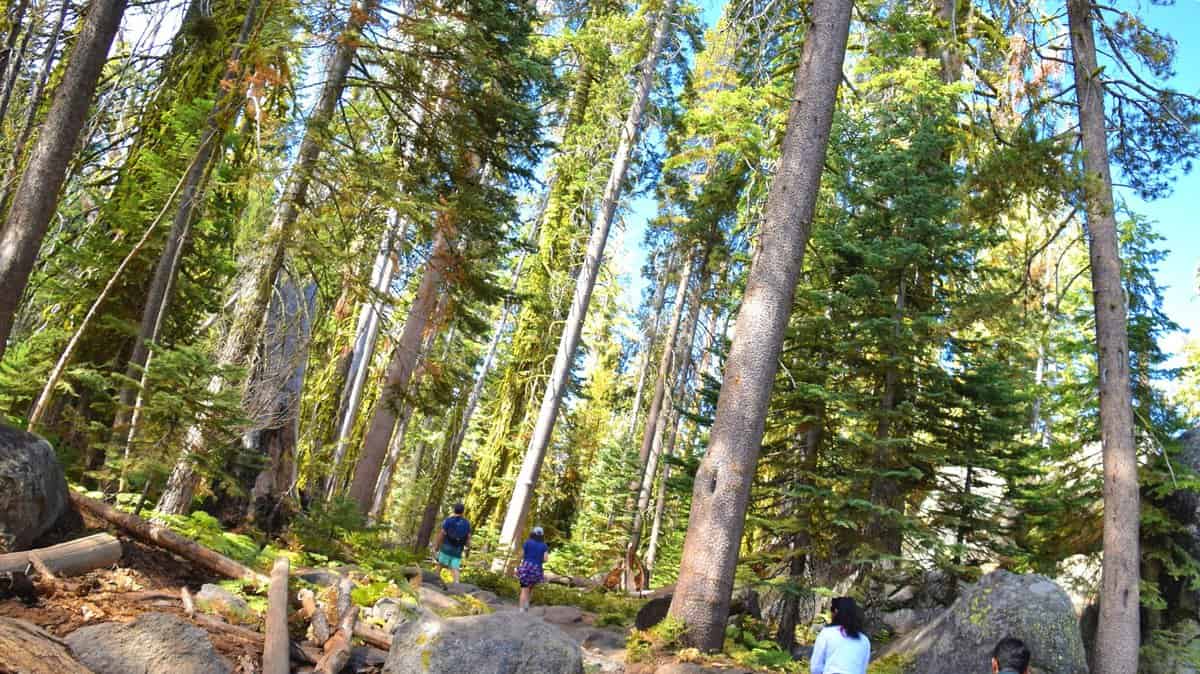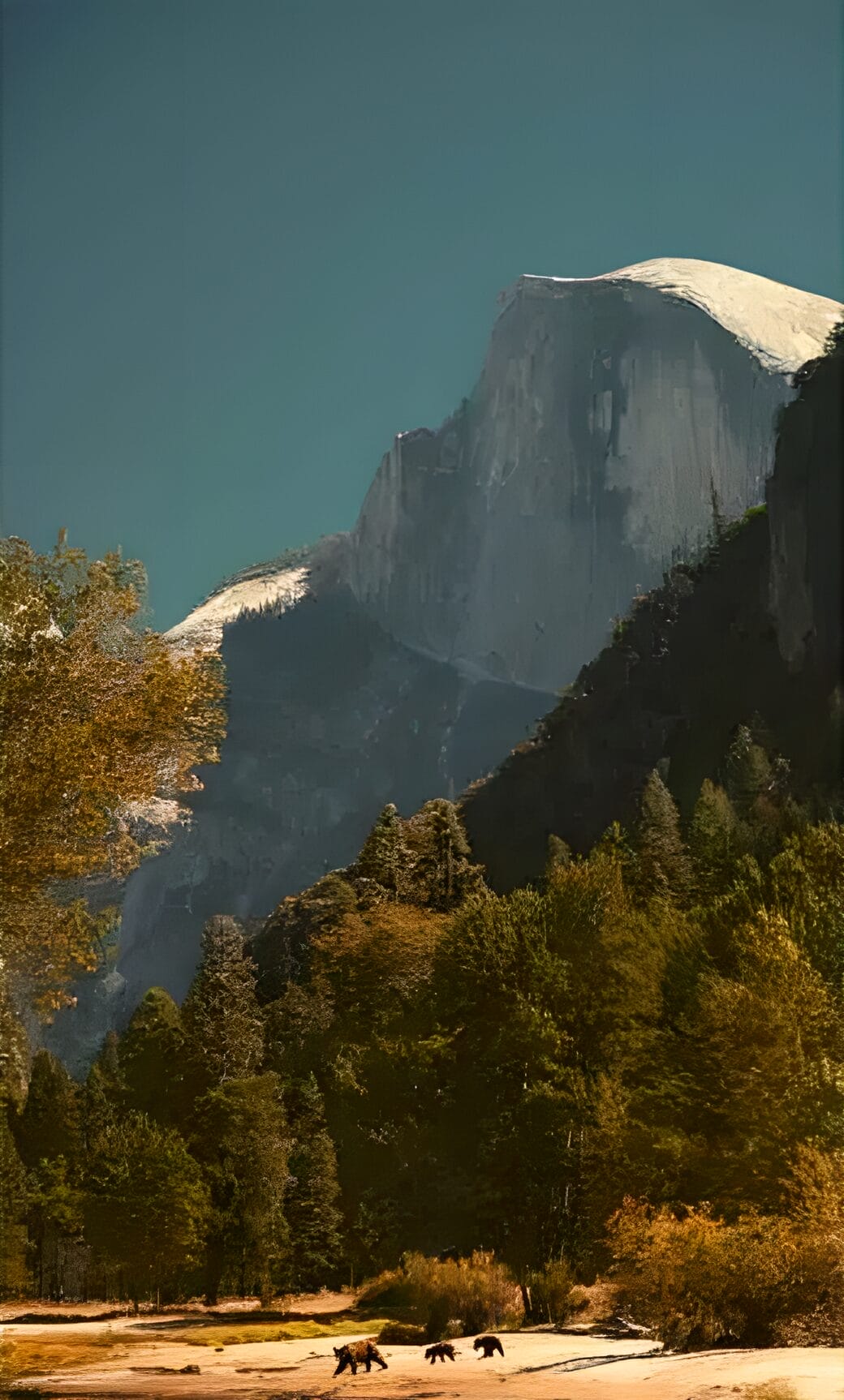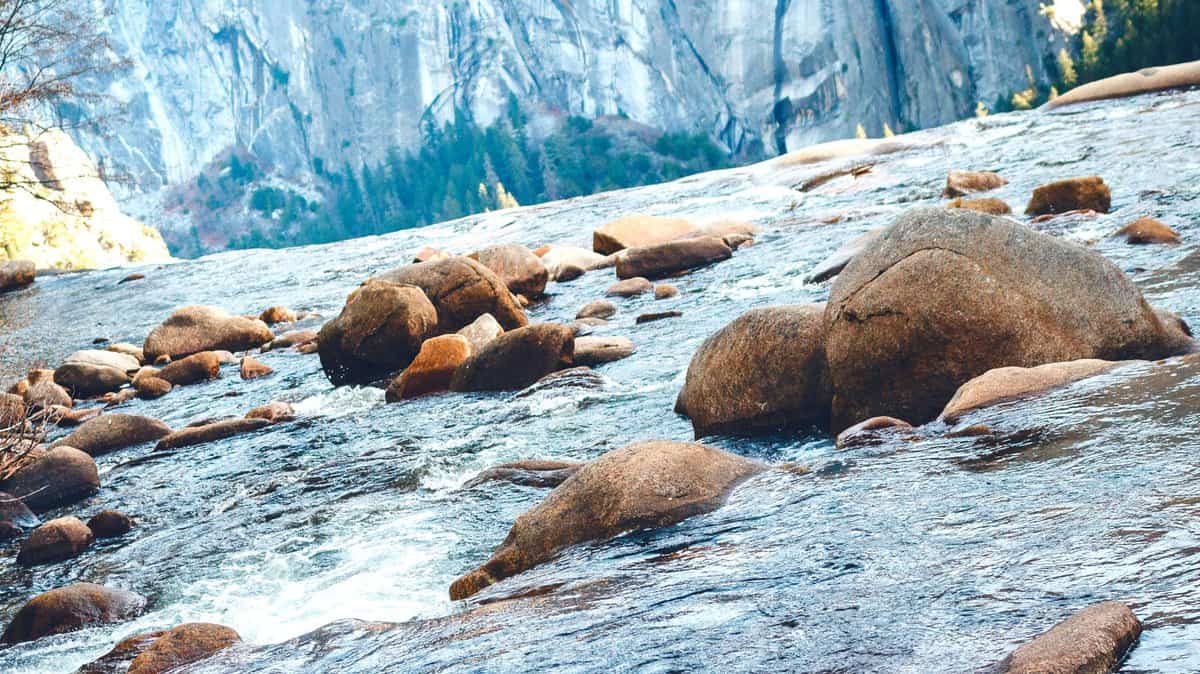If you’re planning a trip to Yosemite National Park, you may have read about the bear attacks that have occurred there. The good news is that bear attacks are rare in Yosemite.
However, throughout California, especially during late August and early September, bear attacks are common when the bears are fattening up for the winter.
You may wonder what you can do to avoid bear or animal attacks in Yosemite and other isolated campsites besides carrying bear spray.
Here’s some important information that will help.
What Species Of Bear Can You Find In Yosemite National Park?
What species of bear are in the Yosemite valley? If you’re looking for specifics, it’s black bears (Ursus americanus). In fact, they account for almost 90% of all bears in the region.
The American black bear is listed as threatened by the U.S. Fish and Wildlife Service in the lower 48 states.
The largest black bear caught in the park weighed an incredible 690 pounds. Rangers still cull a certain number of these animals each year to keep the animal population under control.
American black bears are great climbers and known scavengers.
Their most distinguishing feature is the hump on their shoulders and a long straight nose that is not as pointed as a brown bear’s snout.
The length of an American black bear’s front claws ranges from two to 11 inches long, while a black bear’s back claws can grow from five to 12 inches long.

Does Yosemite National Park Have Grizzly Bears?
Does Yosemite National Park have brown bears (grizzlies)?
Well, no — not anymore. Sadly, no visitors have sighted grizzly bears (Ursus arctos horribilis) in California since 1924.
Experts think that there were once 10,000 grizzlies roaming the state.
However, whether due to hunting or other reasons, people killed the last bear in Yosemite in 1895.
The last one killed in California was near Sequoia National Park in 1922.
The grizzly received legal protection in 1975 under the Endangered Species Act. It remains an essential part of California culture and is present on the state’s flag.
Now you can spot them at national parks in Alaska, Yellowstone National Park, and Glacier National Park.
You can also encounter these majestic creatures in Denali National Park and Grand Teton National Park.
Avoiding Bear Attacks In Yosemite National Park
The one sure way to guarantee you won’t encounter wildlife is to avoid areas where they live. For nature lovers, however, that just isn’t an option.
So, if you will be where bears and other wild animals live, such as Yosemite National Park, here are some things you can do to reduce the possibility of encountering a bear, besides carrying bear spray.

1. Don’t Hike Alone
Bears tend to attack lone hikers on a trail more often than groups of visitors.
If you’re going on an extended hike, park rangers recommend bringing along at least one friend on the trail so that if something goes wrong with one person or they are injured, other visitors can quickly help you out of harm’s way.
This is particularly good advice for those hiking to catch a sunset in Yosemite and having to leave once it gets dark.
Stay in groups of at least three people and always walk in front of any small kids visiting the park with you.
Bears don’t like to attack groups of humans because it makes them look bad in front of other bears.
2. Make Very Loud Noises While Hiking
Bears have excellent hearing and usually avoid people if they know someone is nearby through sound alone.
It’s best to talk loudly or sing songs as you hike so that nearby bears know where there are humans in their territory and can avoid confrontation.
3. Don’t Approach a Bear
Black bears, like deer and wolves, are wild animals with a sense of smell, sight, and hearing far superior to yours. You can’t sneak up on a bear because they will see or hear you first.
The sound of your footsteps or the smell of your food will alert them to your presence long before you can attempt an escape to safety.
4. Keep Your Distance on Bear Encounters
One of the best ways to avoid bear attacks within park boundaries is to give bears plenty of room on bear encounters, especially mama bears with their cubs.
Safety rules dictate that you back away slowly without turning around or running away, even if the black bear is bluff charging or on a full-on attack.
Stand your ground and wave your arms, making noise as you do so.
The last thing you want is for the bear to chase you; it may just be playing, but it could also be on the attack, trying to ensure that you don’t hurt it or its cubs.

5. Avoid Areas Where Bears Frequent
Visitors should not go hiking or camping in known bear habitats when this wild animal is most active (for example, early morning and late afternoon during the summer months).
If there are signs posted about bears being present in developed areas where the National Park Service permits camping, avoid these areas if possible to limit the possibility of an attack.
6. Follow Proper Food Storage Regulations
When camping in Yosemite, following the proper food storage protocols is crucial to avoid bear attacks.
It’s essential to keep your human food and trash away from your tent. Bears have an incredible sense of smell and will find any food left out overnight.
If there’s other wildlife around your campsite, make sure you don’t leave anything out for them either—this includes not just human food but also dog food!
The National Parks Conservation Association recommends hanging your supplies at least 14 feet above the ground in a double bag on a tree trunk.
If you don’t have proper storage above-ground, put your food in airtight containers (making guarding food simpler) and keep them inside your vehicle.
Dispose of leftovers, wrappers, and other waste in bear-proof trashcans away from your tent.
7. Site Your Tent In A Developed Area
A bear attack is a real possibility when camping in Yosemite’s undeveloped areas.
To avoid an attack, you should place your tent at a good vantage point where you can see when a bear approaches.
Avoid placing your tent in a heavy brush; you won’t be able to sense when a black bear approaches.
8. Come Prepared with Bear Spray
Although park officials consider it a weapon, carry bear spray with you to use it as a last resort.
If a black bear approaches you, aim the canister away from your face and body and spray one short burst into the air above its head to scare it.
This will give you time to leave before the bear charges you or attacks another person. If the bear still charges after the first hit, continue spraying until the animal retreats in fear.

Frequently Asked Questions About Yosemite Bear Attacks
Have There Been Any Black Bear Attacks?
As of 2017, American black bears have injured only 27 people in Yosemite since 1900. Half of those attacks happened from June to August, with July being the worst month.
Three-quarters of all incidents occurred in either Camp 4 (17) or Curry Village (15), the park’s two most popular campsites.
Do I Need to Worry About Bears in Yosemite?
You should always be aware of the potential to see bears in Yosemite. However, with proper preparation and knowledge, you can worry less about attacks.
To reduce the chances of being attacked by a grizzly or black bear, hike in groups. Hiking together with your family and making noise as you do so, for example, will be helpful.
In addition, don’t leave food unattended, never approach a black bear, and have bear spray on hand to use as a last resort.
How Common Is It To See A Bear In Yosemite?
It is pretty common to see black bears in Yosemite National Park. There are approximately 300 to 500 American black bears in this pristine wilderness.

What National Park Has the Most Bear Attacks?
According to the latest bear attack statistics, Alaska accounts for almost 30% of all fatal bear attacks in the U.S.
Alaska is one of the few places in the country that has all three species of North American bears living in it: Brown Bears (Grizzly Bears), Black Bears, and Polar Bears.
How Common Is It To See A Grizzly Bear In Yellowstone National Park?
If you’re heading to Yellowstone, you’ll probably see a grizzly bear. It is one of only two locations south of Alaska and Canada that has the grizzly.
Experts think that there are approximately 150 grizzlies in Yellowstone National Park.
Conclusion
Bear attacks in Yosemite National Park are rare, so there’s no need to be overly worried. However, it pays to err on the side of caution as they occur from time to time.
Remember that the best way to avoid bear interactions is to never hike alone and always carry bear spray.
Stay at a distance if you see a bear and never feed them.
Finally, don’t leave food unattended and dispose of leftovers in black bags placed in bear-proof trashcans.
Following the advice above will significantly reduce the chances of Yosemite bear attacks and make your trip much more enjoyable.



Leave a Reply